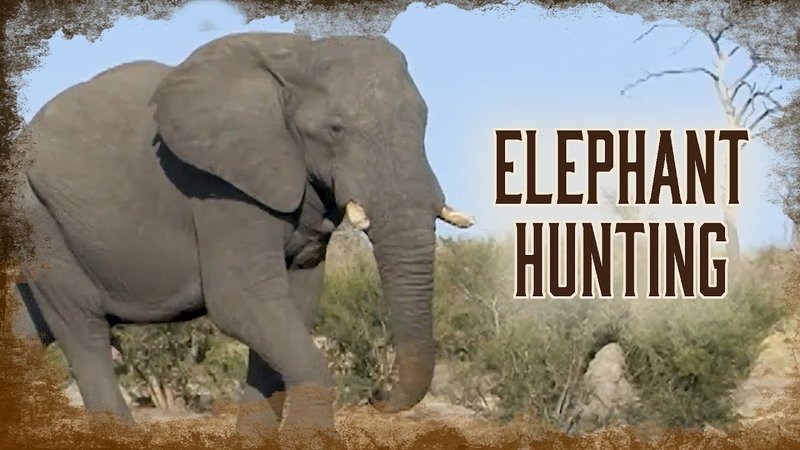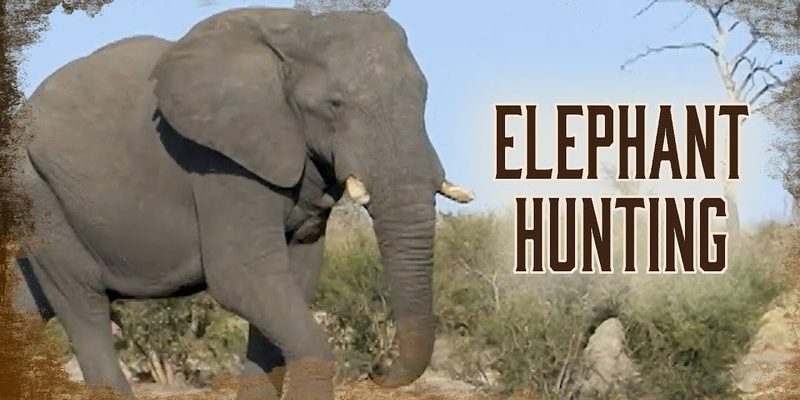
African elephants are herbivores, meaning they primarily eat plants. Their diet is not just limited to grass or leaves; it’s diverse and depends on what’s available in their habitat. You might imagine an elephant as a majestic creature lumbering through the African plains eating whatever it can find, but their eating habits are surprisingly strategic and methodical. Let’s dive into the world of African elephants and explore their diet and hunting strategies in depth, much like sipping a warm cup of coffee while chatting with a friend.
The Herbivorous Diet of African Elephants
African elephants have a varied diet that consists of grasses, leaves, fruits, and the bark of trees. They are known to consume around 300 pounds of food a day. You could say they are the ultimate plant lovers! Their size and strength allow them to reach high branches or push down trees to access more food, which sets them apart from other herbivores.
One fascinating aspect of their diet is their adaptability. Depending on the season and the environment, their food sources change. For example, during dry periods, they might scrape bark off trees or dig for roots, while in rainy seasons, they enjoy the bounty of fresh grasses and fruits. It’s almost like having a buffet that changes every season!
Another interesting point to consider: elephants have large molars that help them grind tough plant matter. They go through several sets of these teeth in their lifetime. When their molars wear down, it can affect their ability to eat properly, especially as they grow older. This is just one of the ways their diet plays an integral role in their overall health.
The Role of Trunks in Foraging
An elephant’s trunk is a marvelous tool for feeding. It’s not just there for show! Think of the trunk like a Swiss Army knife: it can grasp, lift, and even pick out specific leaves without uprooting the entire plant. This allows elephants to be selective about what they eat, ensuring they get the best nutrition from their surroundings.
The trunk is also highly sensitive, with thousands of nerve cells that help elephants identify food. This means they can discern between different types of plants and choose what is best for them. Have you ever tried tasting something blindfolded? It’s challenging! But elephants can smell and feel their food, literally making them experts in foraging.
Moreover, their trunks help them interact with their social group. During the dry season, elephants often gather in family groups to forage together, which can lead to stronger bonds and better foraging success. When they see another elephant reaching for food, they may learn to follow their lead and discover new sources for themselves.
Social Structures and Their Impact on Diet
The social structure of elephants is fascinating and holds significant implications for their diet. African elephants live in matriarchal herds led by the oldest female, who has the most experience. This matriarch is crucial for guiding the herd to feeding areas and watering holes.
Imagine being lost in a new city. Having a local guide who knows the shortcuts and best spots is invaluable. Similarly, the matriarch’s knowledge about food sources helps the herd thrive, especially during tough seasons when resources are scarce. Her knowledge can mean the difference between life and death for younger members.
In addition, the social interactions among elephants also help in foraging. Young elephants learn what to eat by watching the older ones. This transfer of knowledge ensures the younger generation knows when and where to find specific plants or fruits. It’s a beautiful example of learning through social connection, which enhances their survival.
Water Sources and Their Importance
Water is a vital part of an elephant’s diet, too. They can drink up to 50 gallons a day! While this may sound excessive, think about how much we need to stay hydrated. For elephants, finding water sources is crucial, especially in arid environments. They skillfully use their trunks to dig in riverbeds during the dry season or navigate to hidden springs.
Elephants also play a crucial role in maintaining these water sources. When they dig for water, they help create ponds that other animals can benefit from, effectively supporting the ecosystem. It’s a remarkable give-and-take relationship with nature.
You might be surprised to learn that elephants are also known to communicate about water sources with each other. They have a range of vocalizations and body language that convey information about where to find water, helping ensure the entire herd stays hydrated and healthy.
Hunting Strategies or Lack Thereof?
It’s essential to clarify that African elephants don’t actually hunt in the traditional sense. As herbivores, their food choices revolve around plant matter rather than live prey. However, they do employ some interesting strategies when it comes to finding food and interacting with the environment.
For instance, elephants are known to use their size and strength to manipulate their surroundings. If they want to eat the bark of a tree, they might push the tree over, making it easier to access. This is more about strategic foraging than hunting, but it shows how they interact with their environment in clever ways.
Moreover, during periods of migration, elephants will often travel long distances searching for food. They use their keen sense of smell and memory to remember paths that lead to better feeding grounds. When they find a particularly rich area—like an abundant fruiting tree—they may stay longer or return to it during the fruiting season.
The Impact of Habitat on Diet
The habitat in which an elephant lives greatly influences its diet. Elephants in savannah regions might feed more on grasses, while those in forested areas may consume a higher proportion of fruits and leaves. Each habitat offers a unique buffet that shapes their eating habits.
In protected areas with fewer human interactions, elephants can thrive with rich, varied diets. Sadly, habitats that are encroached upon by human activities can lead to diminished food sources. When elephants are forced to search further for food, it can cause stress and conflict with local human populations, which sometimes see them as pests.
When discussing habitat, it’s also worth mentioning the impact of climate change. Changes in rainfall patterns can directly affect the availability of food and water for elephants. As their habitats shift or disappear, so too does the stability of their diets, making conservation efforts crucial.
Understanding the diet and hunting strategies of African elephants opens a fascinating window into their world. These remarkable creatures have developed impressive methods for foraging and thriving in their environments. From the intricate social structures that influence their feeding to the strategic use of their mighty trunks, every aspect is designed for survival.
The challenges they face—be it from human encroachment or climate change—make knowledge about their habits even more critical. By appreciating the complexities of their dietary needs and behaviors, we can foster a deeper respect for these magnificent animals. Ultimately, protecting them means preserving the intricate balance of the ecosystems they inhabit. So next time you think of African elephants, remember that their lives are a dance of survival and adaptability, full of clever strategies and rich connections to their habitat.

